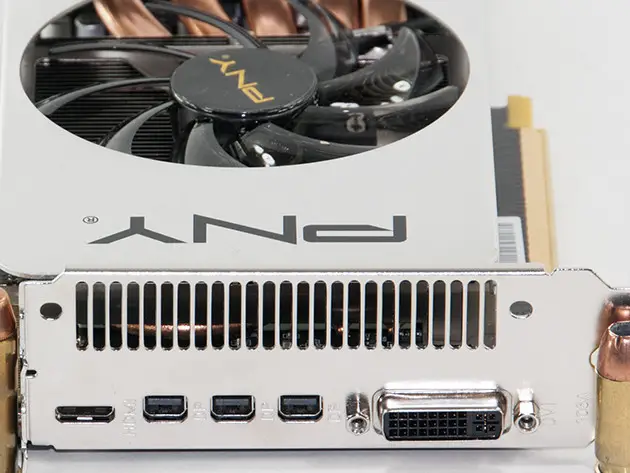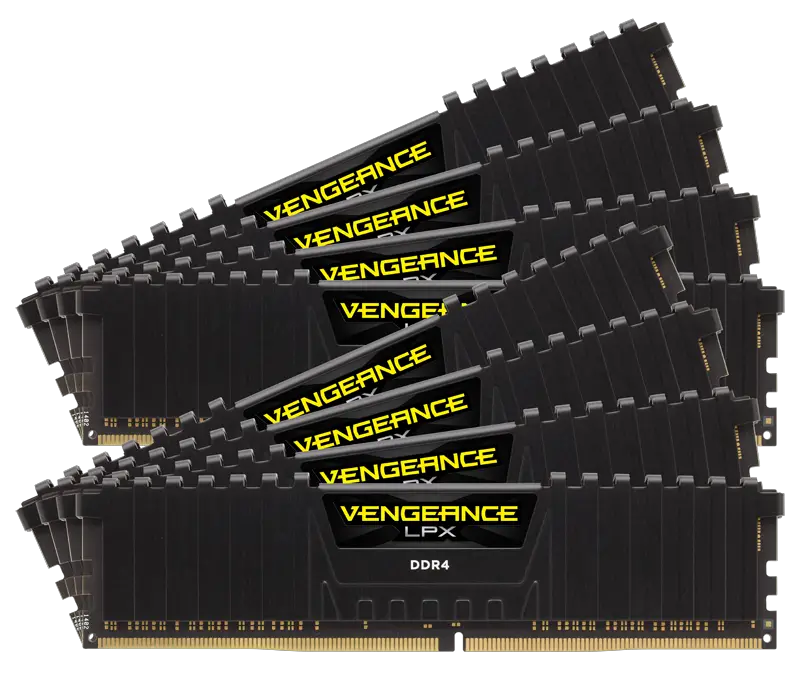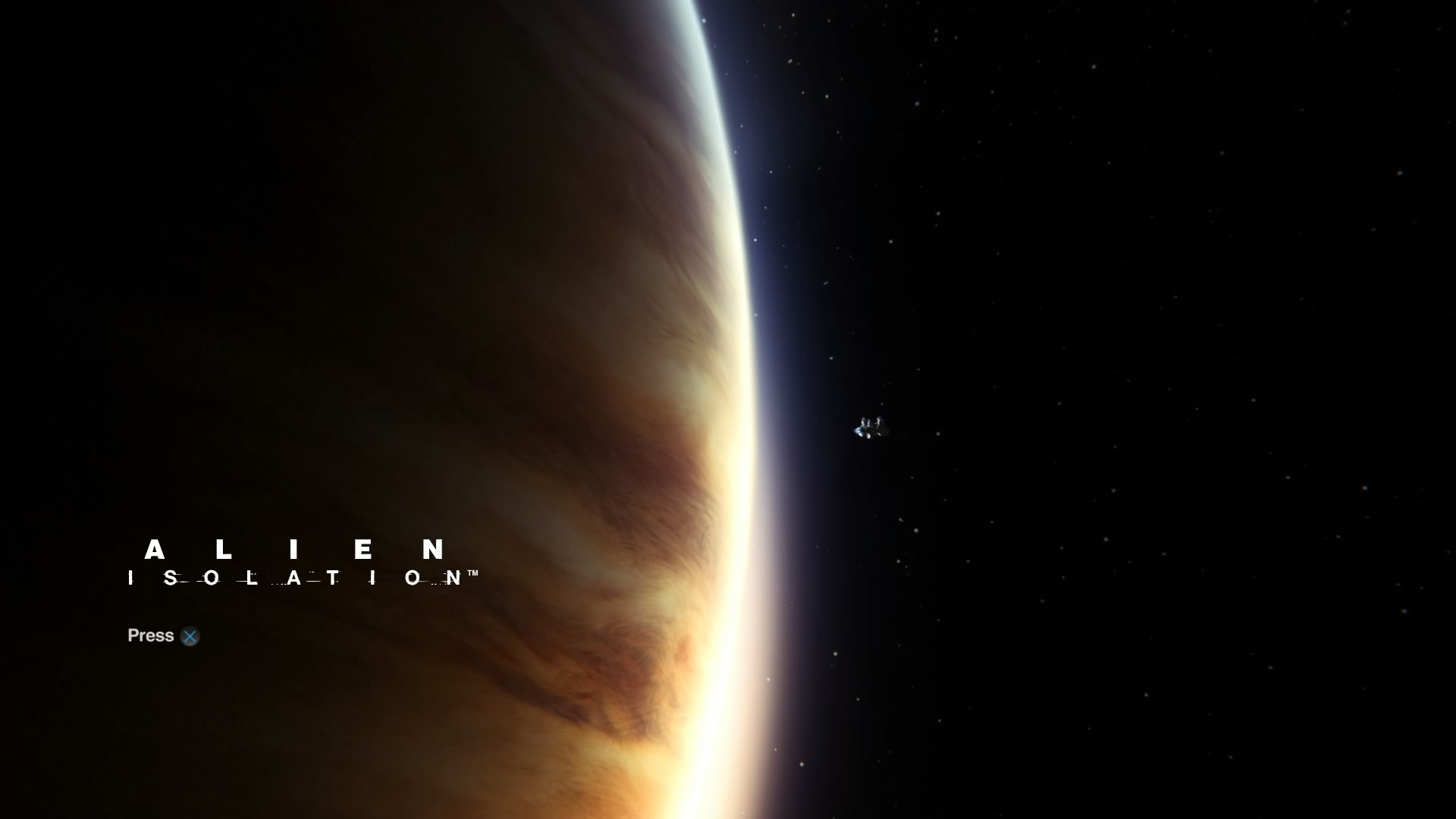Video Card Temperature Results
For all temperature testing the cards were used in an open test bed environment. Ambient temperature was kept at a constant 20°C (+/- 0.5°C) and if the ambient room temperatures rose above 21°C or dropped below 19°C at any time, all benchmarking was stopped until proper temperatures could normalized.
For Idle tests, we let the system idle at the Windows 7 desktop for 25 minutes and recorded the peak temperature.
For Load tests, we ran Unigine’s Valley benchmark for 20 minutes.
When you take two large and efficient fans, pair it to a high performance custom heatsink and use it on a rather cool running core the end results are indeed impressive. Simply put, even though PNY provides their 980 Pro customers with a large factory overclock its Maxwell core is still happy and cool running. Color us impressed.
Sound Level Test Results
While everyone “hears” noise differently there is one easy way to remove all subjectivness and easily compare different fans: use a sound level meter. This way you can easily compare the various fans noise envelopes without us coloring the results and see what fans fit within your personal comfort level. Of course, we will endeavor to try and explain the various results – which are taken at a 15 inch distance from the GPU’s fan(s) – to help you gain an even better understanding of how loud a cooler’s stock fan is, but even if you discount our personal opinions, the fact remains numbers don’t lie.
For Idle tests, we let the system idle at the Windows 7 desktop for 25 minutes and recorded the peak dB.
For Load tests, we ran Unigine’s Valley benchmark for 20 minutes and recorded the peak dB.
We expected great things from the 980 Pro and we were not disappointed. No matter how noise sensitive you will like the 980 Pro as this is one quiet card.
System Power Consumption
To obtain accurate results we have connected the system to a Power Angle power meter that has in turn been attached to a 1500watt UPS. This ensures only 120volt power is supplied to the PSU and removes an variances that could potential crop up because of brownouts and power spikes.
In order to stress the video card we have once again used Unigine’s Valley benchmark and ran it for 20 minutes to determine peak system power consumption. For idle results we have let the system idle at the Windows 7 desktop for 25 minutes and recorded the peak idle power consumption.
Even though this card is heavily overclocked it will only cost you an extra 19 watts of electricity compared to a reference GTX 980. This may be higher than the 15 watts the increased TDP would lead you to believe but 19 watts is nothing in the grand scheme of things – our front speakers use more than that.















